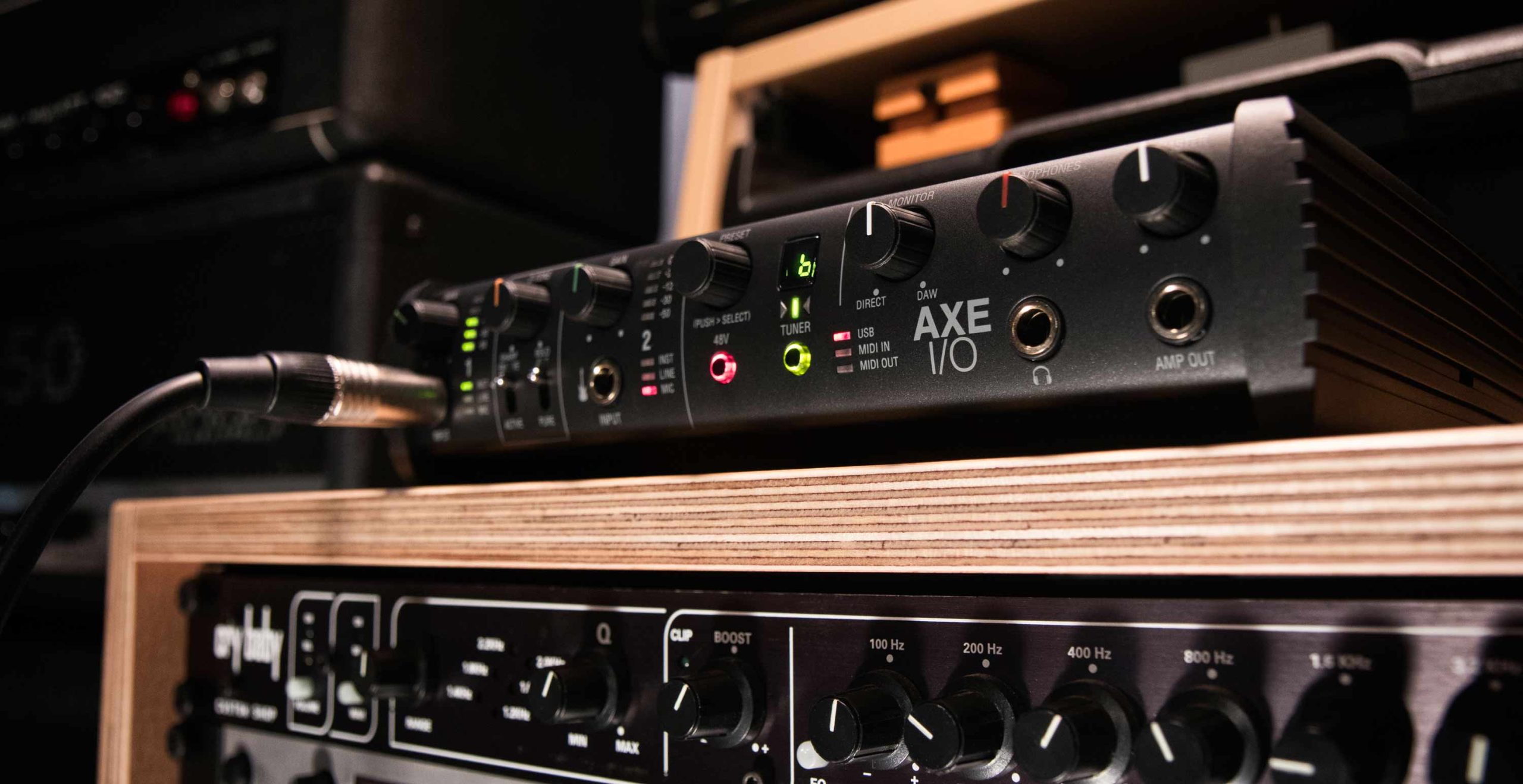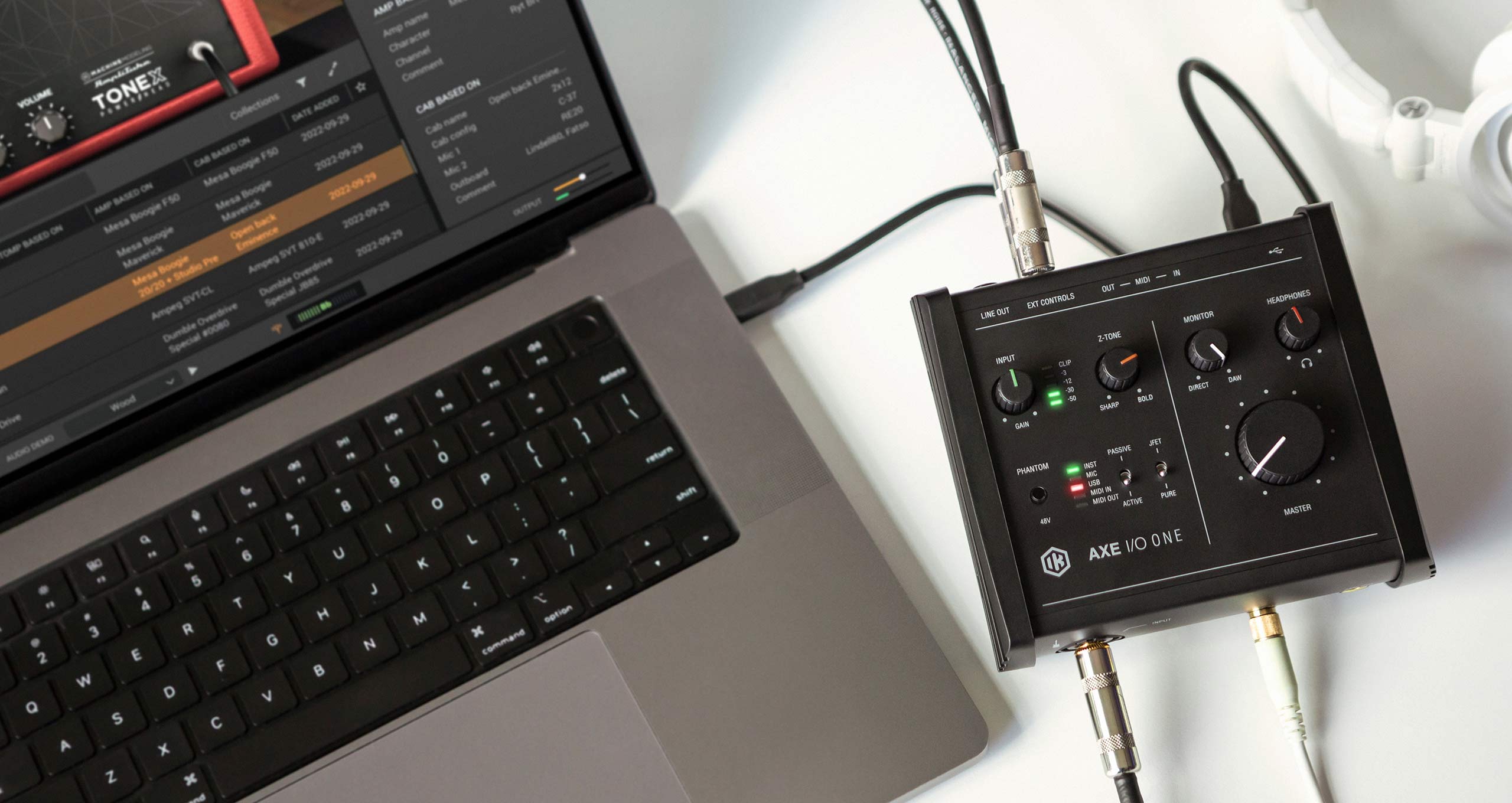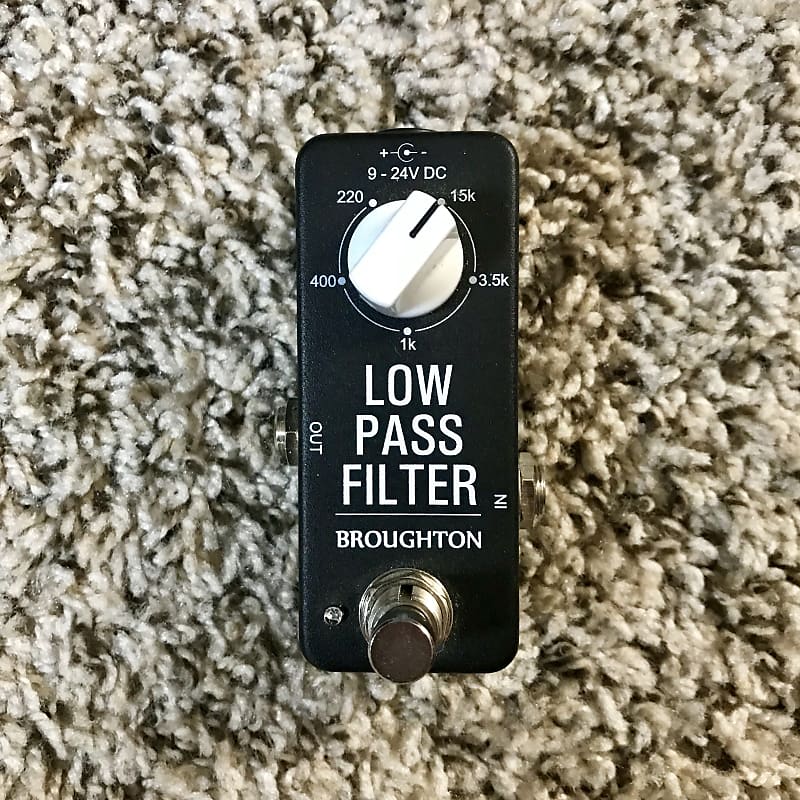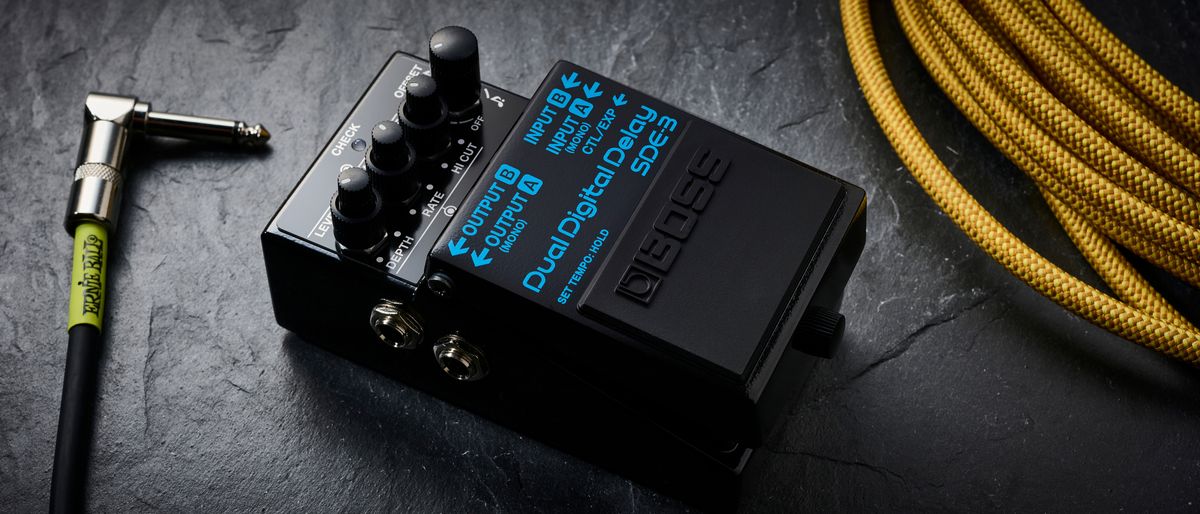
IK Multimedia AXE I/O: Interface Review
Feature Rich Interface For Tone Driven Players In a world where guitar interfaces can often feel like more of the same, the IK Multimedia Axe I/O stands out—not just for guitarists and bassists, but for anyone serious about tone. It shares the same philosophy as its smaller sibling, the Axe I/O One, but dials everything up with expanded connectivity, hardware upgrades, and quality-of-life features that really should be standard by now. From its tone-shaping capabilities to its built-in tuner and flexible I/O, the Axe I/O delivers a streamlined yet professional-grade experience at a price that’s still accessible to most serious home recordists. Disclaimer: This pedal was kindly provided by Ik Multimedia for the purpose of this review. However, this does not influence our opinions or the content of our reviews. We strive to provide honest, unbiased, and accurate assessments to ensure that our readers receive truthful and helpful information. Tailored for Guitar & Bass – With Pro Features Much like the Axe I/O One, the Axe I/O is deeply instrument-focused. It’s not just an audio interface—it’s a rig optimizer for guitar and bass players who want to shape their tone before it even touches a plugin. Features like the Z-Tone impedance control, JFET/PURE input switch, and active/passive pickup selector make it a joy to tailor your sound in real time. But the Axe I/O expands on this with dual instrument inputs, 4 audio outputs, and a built-in tuner—a shockingly rare feature that proves how much attention IK Multimedia paid to real-world usage. Core Features at a Glance: Z-Tone and Input Stage Switching Just like with the Axe I/O One, Z-Tone and the JFET/PURE switching offer a wealth of tone control before your signal even hits a plugin. Z-Tone lets you shift your input impedance to tighten or fatten your tone—great for modern players or vintage stylists alike. The JFET input adds analog warmth and subtle harmonic richness, while PURE gives you a clean, uncolored signal ideal for post-recording tone shaping. Reamping, Now Simplified The Amp Out jack is one of the best things about this interface—it allows clean reamping without the need for extra gear. That’s huge for players who want to blend DI and amp tones or revisit takes with different gear. Why the Built-In Tuner Matters One small but seriously useful feature: the hardware tuner. Fast, accurate, and always at your fingertips. It seems like a small touch, but once you’ve used it, you’ll miss it on every other interface. Limitations? Final Thoughts on the Axe I/O The IK Multimedia Axe I/O is a standout piece of gear for guitar and bass players who want a high-quality DI solution with extras that actually make sense. With dual inputs, reamping, and thoughtful touches like a built-in tuner, it’s the kind of tool that makes you wonder why more interfaces don’t do this. Axe I/O vs. Axe I/O One – Which One’s for You? Both of these interfaces are cut from the same cloth, designed with the tone-obsessed player in mind. But they serve slightly different purposes depending on your needs and workflow. What They Share: Which Should You Choose? Conclusion: Both units punch way above their price point, especially for guitar and bass players. The Axe I/O One is compact and affordable without sacrificing tone-shaping power, while the Axe I/O adds the I/O flexibility and studio-ready features many serious players will appreciate. Whichever one you choose, you’re not just getting an interface—you’re getting a tone toolbox.



